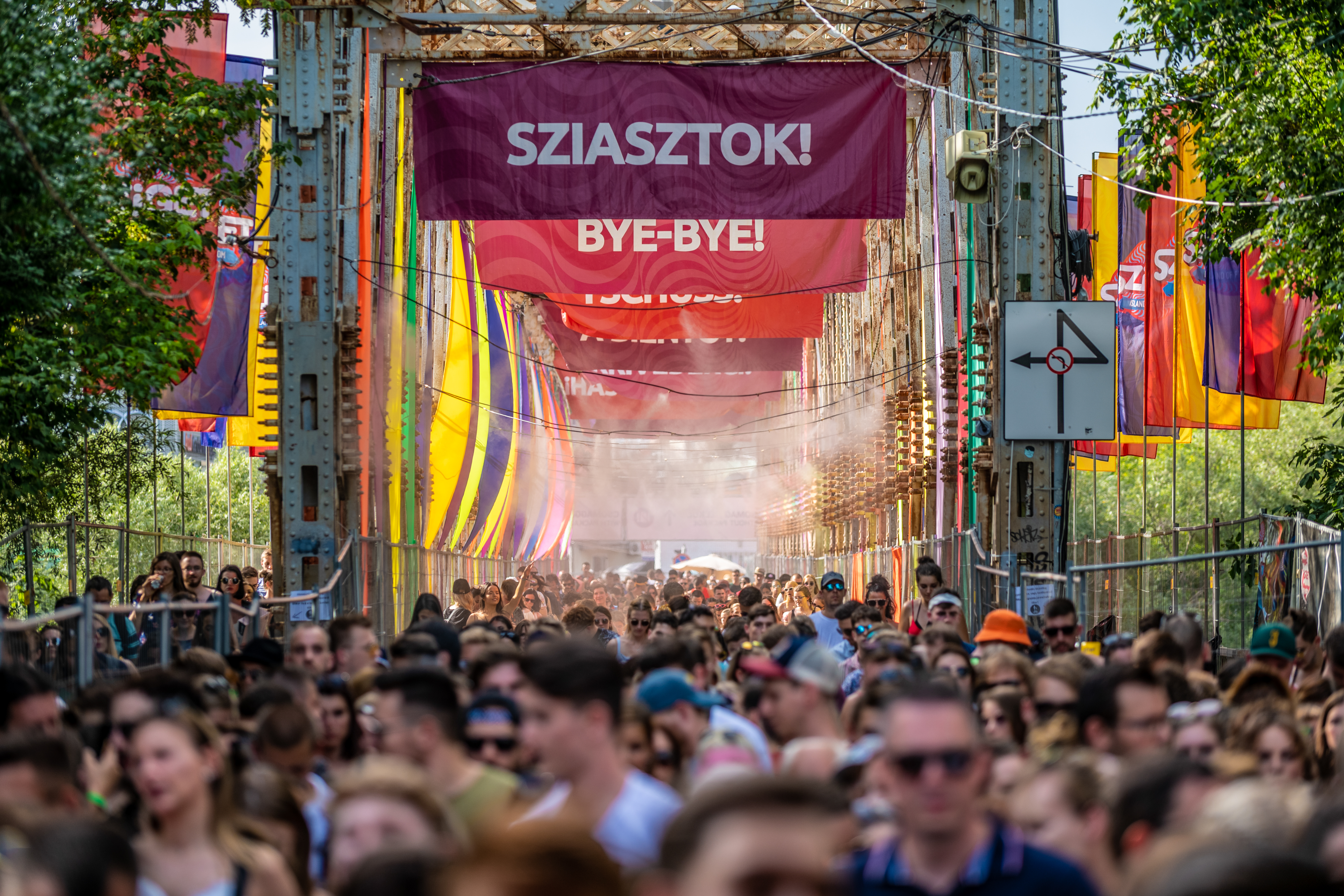The biggest music festival in the region, Sziget takes place on otherwise underused Óbuda Island, also referred to as Hajógyári
Island, one up from Margaret Island north of Budapest.
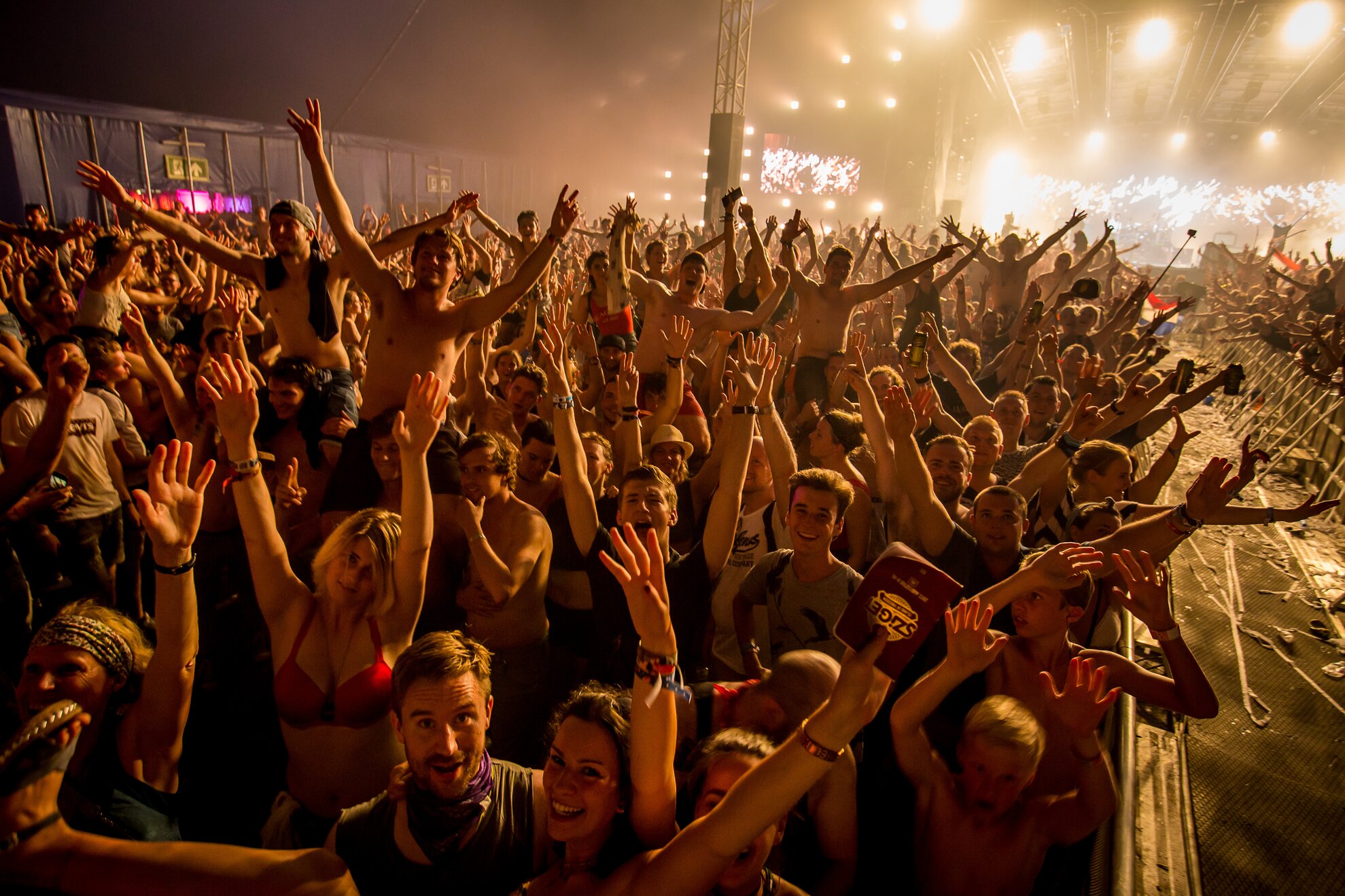
Inaugurated in 1993, it quickly grew to attract some of the biggest names in music – David Bowie, Prince, Iggy Pop – but its unique feature it its location. Sziget fills half the island with stages and attractions of all sorts. If you get tired of one, just dander over to the next tent. Films, theatre, workshops, DJs, children’s activities, they’re all here, and over the course of a week.
So are crowds and crowds of people. With the visit of Ed Sheeran in 2019, new attendance records were set of 565,000. Then came the pandemic, and this is the first Sziget since.
Sziget app
For more information, download the Sziget app for Android and Apple devices.
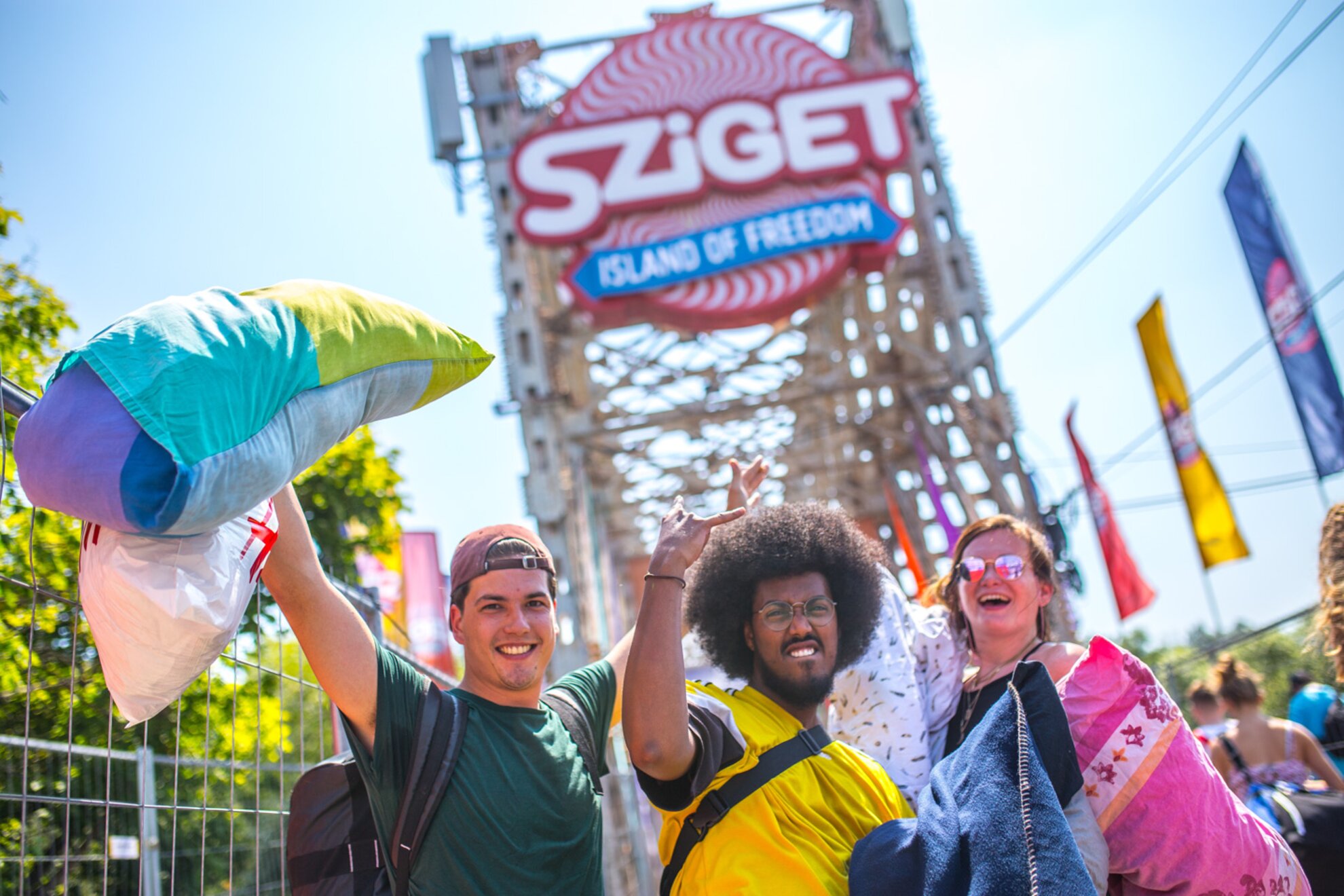
Admission & infrastructure
To facilitate entry and avoid crowds at the Sziget
entrance, you can redeem your voucher for a wristband at the Akvárium Klub in the city centre, every day between 1pm-9pm until 9 August.
At the site, near Filatorigát HÉV station directly
linked with Batthyány tér, the main entry point will be on the island side of
the K-Bridge, the walkway across from the mainland.
Internal routes have also
been redesigned based on similar considerations, and the space in front of the
Main Stage also be more airy so that the crowd can better disperse.
The forest on the western side of Óbuda Island will be
completely closed, camping will no longer be possible here this year, and the facilities
that were previously located here will be moved elsewhere.
You can find exactly where to find services in the
festival area on this map.
Stages & locations
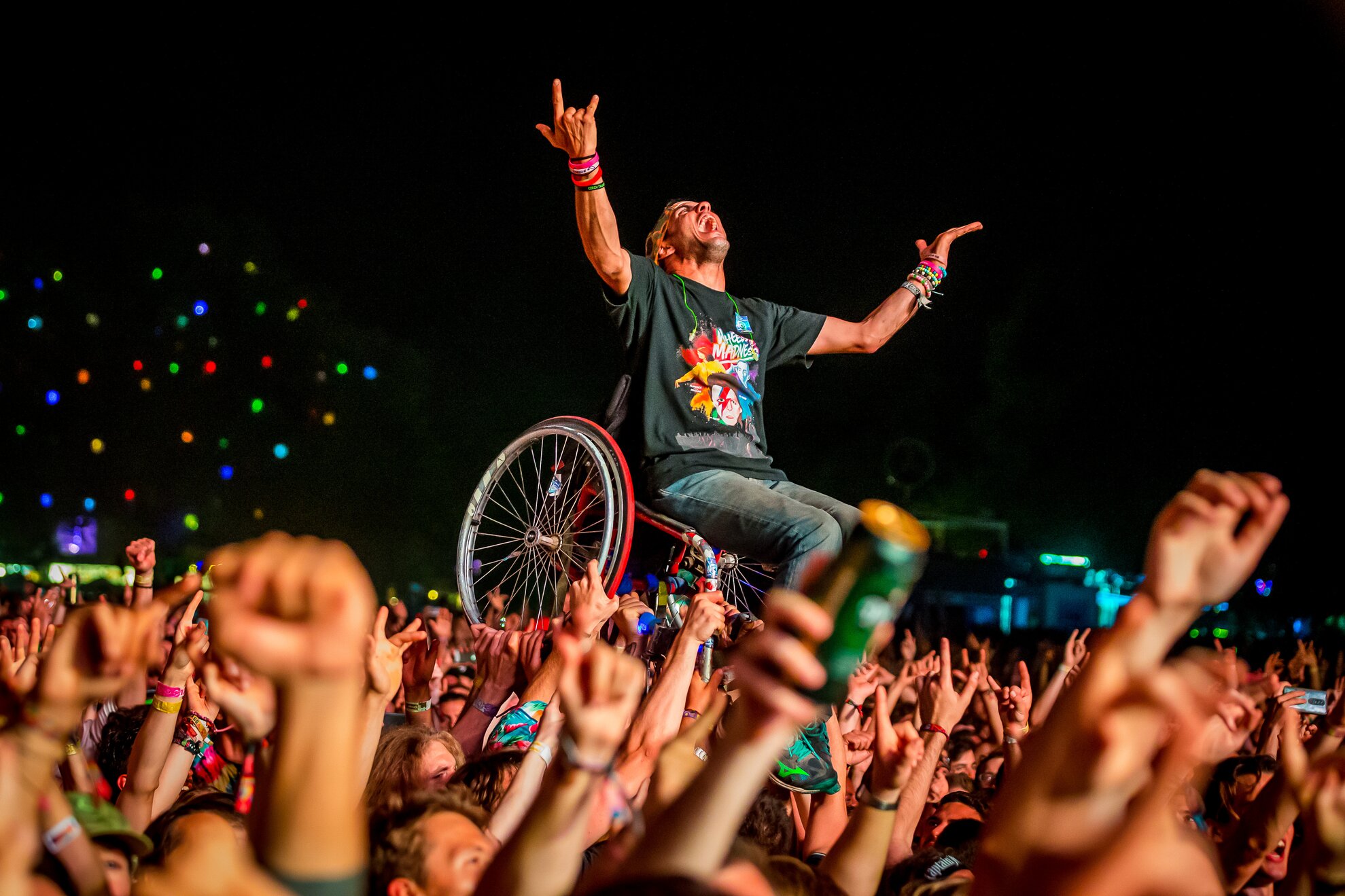
Among the venues, the huge tent formerly known as A38 and MasterCard Stage is now the FreeDome, while the popular Afro-Latin Stage is merging with world music venue, to become the Global Village. There will be no classical music stage this year, and Hungarian folk-music shows are transferred to the Vándor Vurstli, a place for old-school entertainment.
A completely new stage called DropYard will also debut, the home of hip-hop and rap genres, and organisers have invited acts who rap in their native language. Hungarian performers will play on all stages, with the Hajógyár Petőfi Stage, the successor of the former Petőfi Rádió – VOLT Stage, for domestic acts only.
Hospitality
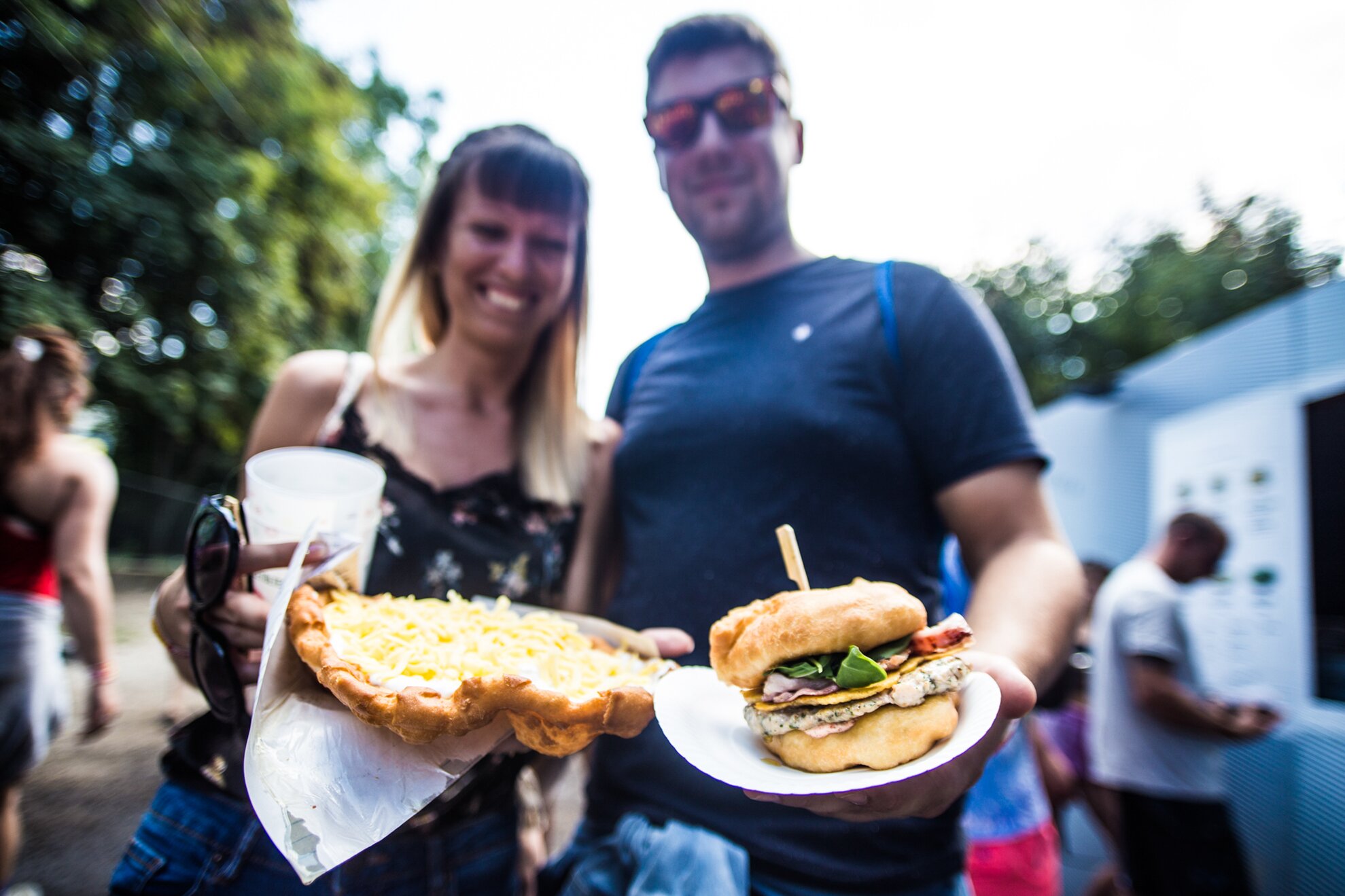
This year, food trucks will not be scattered at random, but gathered around food courts, with a selection of meat, vegetarian and vegan options, as well as climate-friendly ones, at all locations. Plastic will be completely banished, and in connection with the Green Sziget programme, there will be a zero-waste shop, at the festival for the first time courtesy Lemérem, with a spot for waste compost. As for drinks, the deposit system remains unchanged.
